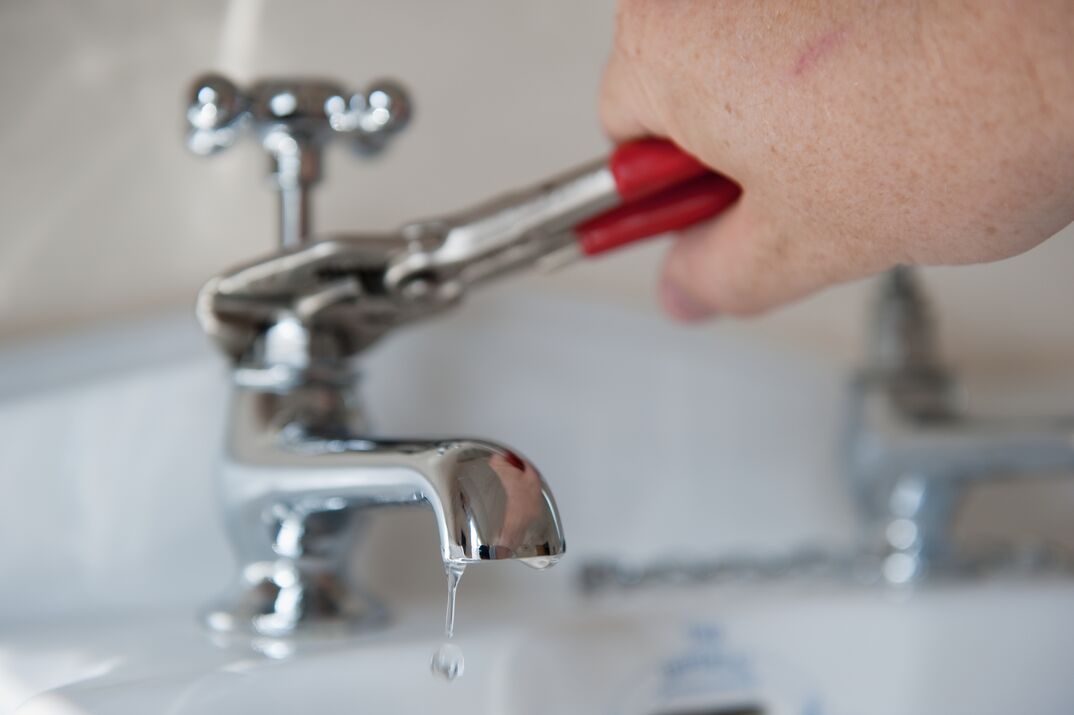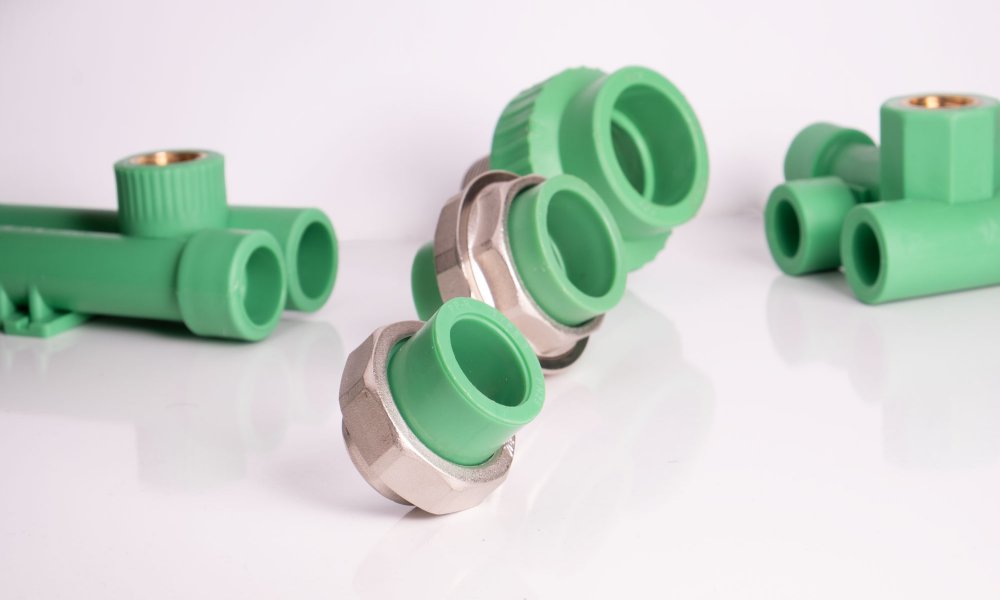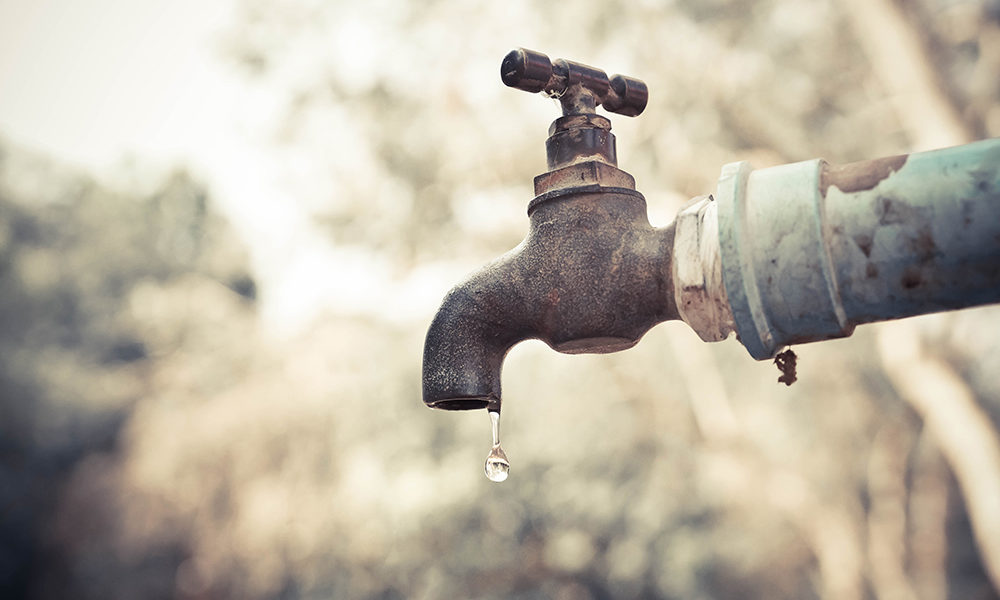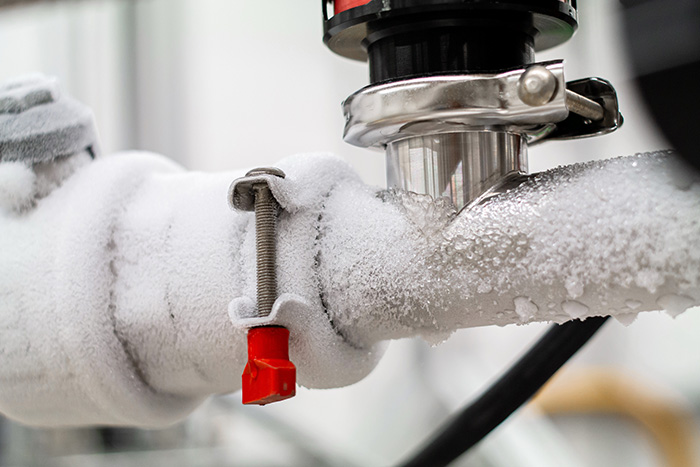Plumbing issues can be a real headache for homeowners. From leaky faucets to clogged drains, these problems can cause a lot of frustration and inconvenience. However, with a little bit of knowledge and some basic tools, many common plumbing issues can be easily detected and fixed. Here are some tips on how to detect and fix common plumbing issues in your home.
1. Leaky Faucets
One of the most common plumbing issues that homeowners face is a leaky faucet. Not only can this problem be annoying, but it can also waste a lot of water over time. To detect a leaky faucet, turn off all the water in your home and then check the water meter. If the meter is still running, you likely have a leaky faucet. To fix the problem, start by turning off the water supply to the faucet. Then, remove the handle and the stem, and replace the washer and o-ring. Reassemble the faucet and turn the water supply back on to check for leaks.
2. Clogged Drains
Clogged drains are another common plumbing issue that can cause a lot of frustration. To detect a clogged drain, start by running water in the sink or bathtub and see if it drains slowly or not at all. If you notice a slow drain, you may have a clog. To fix the problem, start by removing any visible debris from the drain. Then, use a plunger to try and dislodge the clog. If the plunger doesn’t work, try using a drain snake to remove the clog. If all else fails, you may need to call a professional plumber to help.
3. Running Toilets
A running toilet can waste a lot of water and cause a higher water bill. To detect a running toilet, remove the lid from the toilet tank and check the water level. If the water level is too high, you likely have a running toilet. To fix the problem, start by checking the flapper valve. If it is worn or damaged, replace it. You can also try adjusting the float arm to make sure the toilet tank is filling to the proper level.
4. Low Water Pressure
Low water pressure can be a frustrating plumbing issue that can affect the performance of your faucets and showerheads. To detect low water pressure, turn on all the faucets in your home and see if the water pressure is consistent. If you notice a decrease in water pressure, you may have a clog or a leak in your plumbing system. To fix the problem, start by removing any visible debris from the faucet aerator or showerhead. If this doesn’t work, you may need to call a professional plumber to help locate and fix the issue.
Plumbing issues can be frustrating, but with a little bit of knowledge and some basic tools, many common problems can be easily detected and fixed. By following these tips, you can save yourself time, money, and the hassle of dealing with a plumbing emergency.





